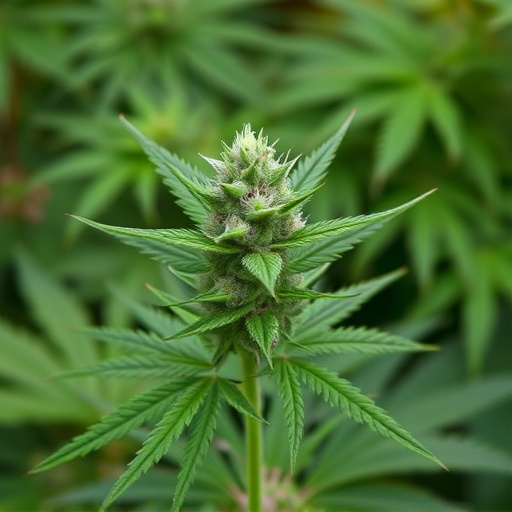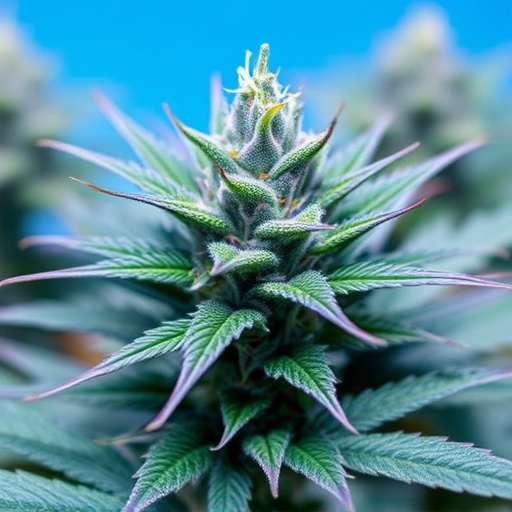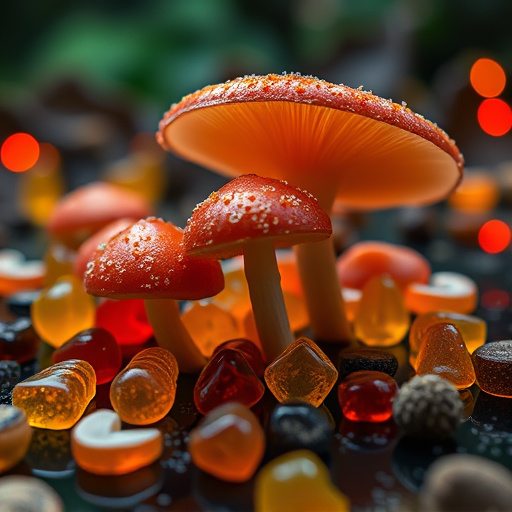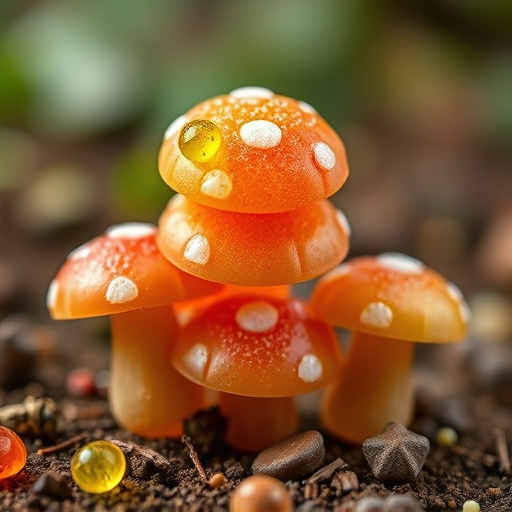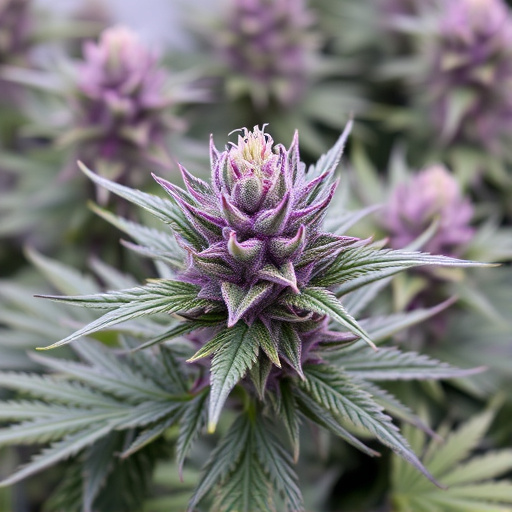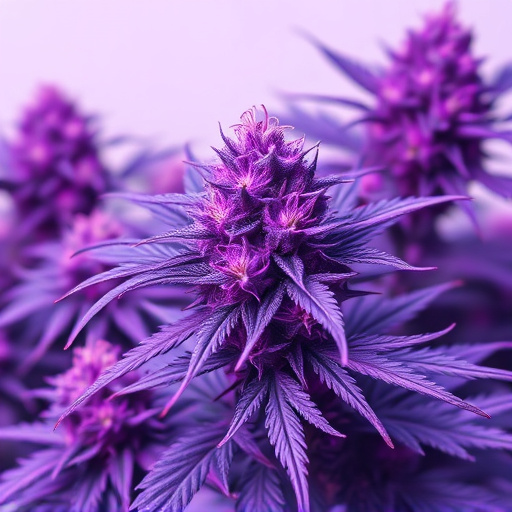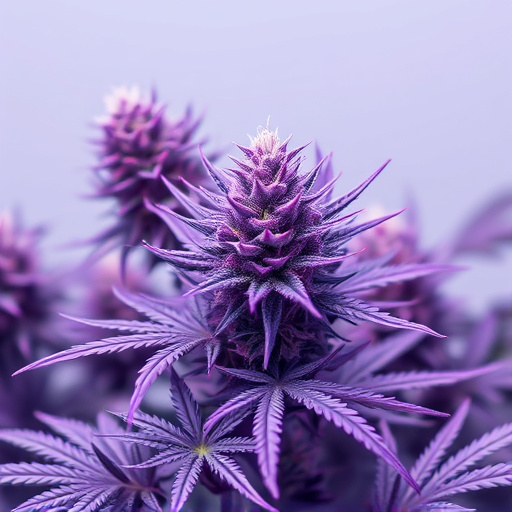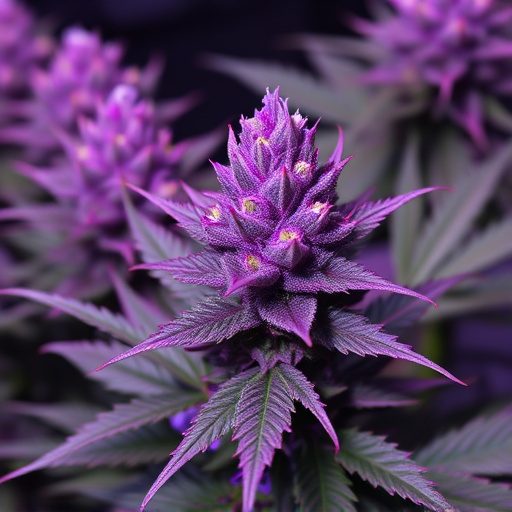Genetics play a pivotal role in shaping the quality and unique characteristics of cannabis, especially the prized purple strains. These genetic factors influence key traits such as flavor, aroma, potency, and visual appeal like color and trichome development. Purple strains' distinct appearance and reported enhanced effects stem from specific terpene and cannabinoid profiles, aided by genetic mutations that boost anthocyanin production. Selective breeding ensures these desirable genes are preserved and refined in subsequent generations, leading to top-quality purple varieties. When choosing a purple strain, cannabis enthusiasts should consider the intricate balance of terpenes, cannabinoids, and unique genetic markers to access optimal sensory experiences and medical benefits.
“Discovering the secrets behind superior cannabis quality is a complex yet intriguing journey. In this comprehensive guide, we explore the multifaceted factors that contribute to exceptional weed, from seed to sale. From the genetic makeup of sought-after purple strains, including their unique terpenes and cannabinoids, to cultivation techniques that harness environmental conditions and meticulous soil care—each step matters. We delve into advanced testing methods and the significance of lab reports, empowering consumers to navigate the market with confidence, ensuring they access consistent, high-quality cannabis products.”
- Genetics and Breeding:
- – The role of cannabis genetics in determining quality and unique traits
- – Selecting high-quality purple strains: Terpenes, cannabinoids, and unique genetic markers
Genetics and Breeding:
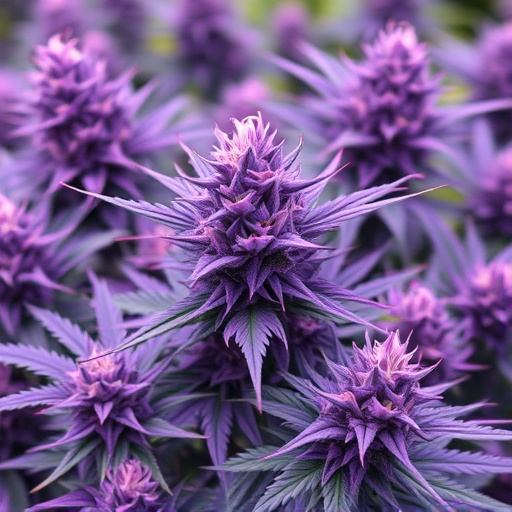
Genetics and breeding play a pivotal role in determining the quality of weed, including the sought-after purple strains of cannabis. The genetic makeup of a plant significantly influences its characteristics, such as flavor, aroma, potency, and appearance. Breeders carefully select parent plants with specific traits to create hybrids that offer enhanced benefits, like increased THC levels or unique sensory experiences. For example, crossing indica and sativa varieties can result in a balanced strain with both relaxing and energizing effects.
Purple strains, renowned for their captivating aesthetics and distinct flavors, often owe their distinctive qualities to specific genetic mutations. These mutations can enhance the production of anthocyanins, pigments responsible for the striking purple hues. Furthermore, breeders focus on preserving and amplifying these genetic traits through selective breeding practices, ensuring that each subsequent generation retains or improves upon the desired characteristics, ultimately contributing to a superior quality cannabis experience.
– The role of cannabis genetics in determining quality and unique traits
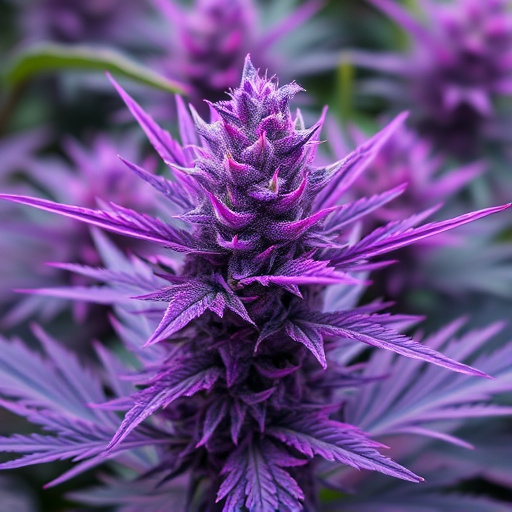
Cannabis genetics play a pivotal role in determining the quality and unique traits of different strains, including sought-after purple varieties. The genetic makeup of a plant influences its flavor profile, aroma, potency, and even visual characteristics like color and trichome development. For instance, specific genetic lines can produce vibrant purples or unique blends of colors, making them desirable to cannabis enthusiasts. These genetic factors also contribute to the plant’s overall health and resistance to diseases and pests, ensuring a higher-quality final product.
Purple strains of cannabis have gained immense popularity due to their distinct appearance and reported enhanced psychoactive effects. Certain genetic traits, such as high levels of terpenes and specific cannabinoid profiles, are linked to these desirable attributes. Breeders carefully select and cultivate plants with these particular genetics to create premium varieties that offer consumers a superior experience. Understanding the genetic underpinnings allows cultivators to fine-tune their techniques, resulting in consistent, top-quality purple strains.
– Selecting high-quality purple strains: Terpenes, cannabinoids, and unique genetic markers

When it comes to high-quality weed, selecting the right strain is paramount. Purple strains of cannabis stand out for their distinct appearance and potent effects. The key to excellence lies in the interplay of three primary factors: terpenes, cannabinoids, and unique genetic markers. Terpenes, aromatic compounds responsible for cannabis’ unique scents, contribute to both its flavor profile and potential therapeutic benefits. Cannabinoids, notably THC and CBD, dictate the strain’s potency and medical properties.
Genetic markers, specific traits passed down through generations, further refine the experience. Certain genetic lines have been cultivated for their superior purple hues, enhanced terpene profiles, and robust cannabinoid content. By carefully considering these aspects, cannabis enthusiasts can ensure they’re getting a top-tier product that offers not only an enjoyable sensory experience but also potential therapeutic advantages.
In conclusion, the quality of weed is a multifaceted attribute determined by various factors, with genetics and breeding playing a pivotal role. The unique combination of terpenes, cannabinoids, and genetic markers in purple strains sets them apart, offering distinct experiences for consumers. By understanding these key components, cultivators can selectively breed high-quality cannabis, ensuring consistent excellence in the market.

